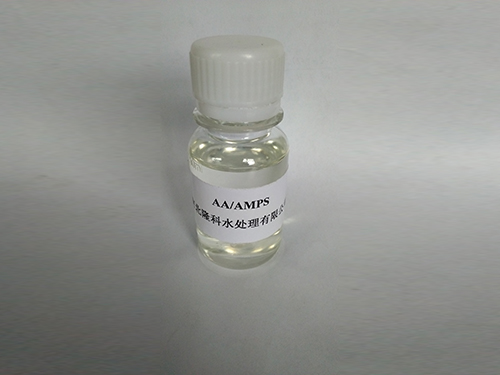Sodium Content Analysis of Polyaspartic Acid Derivatives and Their Applications
Understanding the Sodium Salt of Polyaspartic Acid
Polyaspartic acid is a versatile biopolymer known for its unique properties and applications across various industries. When discussing polyaspartic acid, it’s essential to highlight its sodium salt form, often referred to as the sodium salt of polyaspartic acid. This compound has garnered attention due to its numerous benefits and potential uses, particularly in agriculture, cosmetics, and pharmaceuticals, owing to its biocompatibility and biodegradability.
Chemical Composition and Structure
Polyaspartic acid is a polyamino acid derived from aspartic acid, an amino acid that is naturally occurring in several proteins. The polyaspartic acid structure consists of long chains of a repeating unit of aspartic acid, which can be produced through condensation polymerization. The sodium salt of polyaspartic acid is created by neutralizing polyaspartic acid with sodium hydroxide, resulting in a compound that possesses enhanced solubility in water and various biological fluids. This modification significantly affects its behavior and interactions when applied in different contexts.
Applications in Agriculture
One of the most significant areas where the sodium salt of polyaspartic acid is applied is in agriculture as a biodegradable superabsorbent polymer. This property allows it to retain water in soil, reducing water usage while enhancing plant growth and soil structure. Farmers can utilize this compound to improve irrigation efficiencies and promote sustainable agricultural practices. When used in soil treatments, the sodium salt ensures that water is retained in the ground, effectively providing a reservoir for plants during dry spells. Moreover, it can help in the slow release of nutrients, fostering an optimal environment for crop growth.
Cosmetic and Pharmaceutical Uses
sodium of polyaspartic acid

In the cosmetic industry, polysaccharides and their salts, including the sodium salt of polyaspartic acid, are extensively utilized for their hydrating and skin-conditioning properties. These compounds can enhance the texture and feel of products, making them more appealing to consumers. The sodium salt is known for its ability to attract moisture, which is essential in formulating lotions, creams, and serums aimed at improving skin hydration and elasticity.
In the pharmaceutical sector, the sodium salt of polyaspartic acid exhibits potential as a drug delivery system. Its biocompatibility and ability to form hydrogels can be employed to design controlled-release formulations. This capability is particularly advantageous for administering therapeutic agents over extended periods, improving patient compliance and treatment efficacy.
Environmental Impact and Biodegradability
A key aspect of the sodium salt of polyaspartic acid is its environmental friendliness. Unlike synthetic polymers, which can take hundreds of years to decompose, polyaspartic acid and its sodium salt are biodegradable. This characteristic makes them appealing alternatives in various applications, as they minimize environmental pollution and enhance sustainability. In agriculture, the use of biodegradable polymers can significantly reduce soil and water contamination, promoting a healthier ecosystem.
Conclusion
The sodium salt of polyaspartic acid is a compound with vast potential across multiple sectors, including agriculture, cosmetics, and pharmaceuticals. Its unique properties—such as water retention, skin conditioning, and biodegradability—make it an increasingly valuable asset in developing sustainable solutions. As research continues to explore the full extent of its capabilities, the sodium salt of polyaspartic acid is likely to remain an important topic in discussions on innovation and environmental stewardship. By harnessing the benefits of this biopolymer, industries can move toward more sustainable practices while providing effective solutions for various challenges faced today. Through further exploration and application, the sodium salt of polyaspartic acid can contribute significantly to advancements in multiple fields, paving the way for a greener and more sustainable future.
-
Water Treatment with Flocculant Water TreatmentNewsJun.12,2025
-
Polymaleic AnhydrideNewsJun.12,2025
-
Polyaspartic AcidNewsJun.12,2025
-
Enhance Industrial Processes with IsothiazolinonesNewsJun.12,2025
-
Enhance Industrial Processes with PBTCA SolutionsNewsJun.12,2025
-
Dodecyldimethylbenzylammonium Chloride SolutionsNewsJun.12,2025





